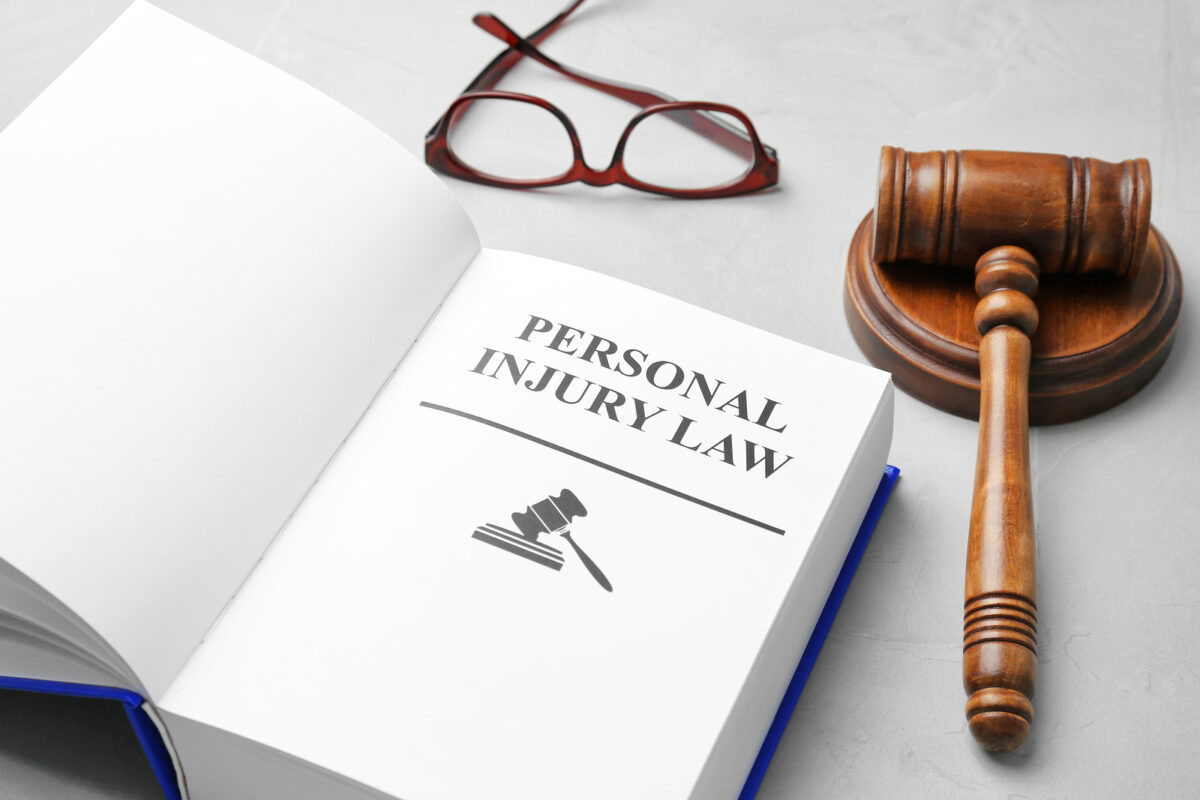
If you ever find yourself in an accident, you’ll be struggling to understand the terminology. However, in case of a personal injury, you’ll be better equipped to understand your case and have an attorney negotiate your rights, if you understand the terminology.
Understanding the Basics of Personal Injury Cases
Personal injury cases generally fall under civil law and are considered torts. A tort is any wrongful act that infringes on a person’s safety, peace, liberty, or property. Torts are dealt with in civil law, which deals with disputes between any two parties and results in some form of compensation.
Personal injuries don’t necessarily have to be physical. Defamation, for example, falls under an intentional personal injury. If, as a plaintiff, your case is successful, you’re awarded compensation. However, the case-process and amount of compensation differ based on the kind of tort. Moreover, depending on the kind of injury, the defendant can also face criminal charges.
There are four aspects of personal injury cases that you must know to understand the proceedings and verdict better.
1. Negligence

A negligent tort is any act where someone is injured due to a lack of proper care or caution on behalf of some party. A negligence claim has to satisfy four conditions.
First, the negligent party must have had a duty to act carefully. Second, the plaintiff needs to prove that the negligent party disregarded their duty. Third, this breach should have resulted in some damages or injuries. Finally, the injured plaintiff needs to provide evidence of the injuries caused by the negligent party. The injuries are the grounds for assessing how much compensation is awarded to the plaintiff. An auto accident or medical malpractice is example of negligent tort.
For example, a surgeon has a duty to do surgeries in a sterile environment. They can ignore this duty by doing surgery in a non-sterile environment, believing that the odds of disease transmission are too small to matter. If this surgery results in the transmission of some illness to the patient, the surgeon has committed a negligent tort. The patient must then be able to reproduce evidence of the cause of theirillness. A document attesting that the patient tested positive for some illness after the surgery is an example of such evidence. You can find more information here.
2. Intentional

An intentional tort is an act where someone harms or damages another on purpose. This harm doesn’t have to be on someone’s person. Vandalism of another’s property, for example, is also an intentional tort. It also doesn’t necessarily mean that the harm was premeditated, in that the harming party did not plan to harm you before seeing you. For example, if someone says something inciting and gets punched, the puncher has committed an intentional tort. However, the puncher did not necessarily plan to punch anyone that day.
An intentional tort does mean that a defendant cannot defend themselves by claiming that they did not intend the consequences of their actions.For example, if someone punches you, they cannot defend themselves by saying their intention was to punch you, but not to hurt you. Intentional torts include the appropriation of someone else’s property and unlawfully restraining someone else.
3. Compensation

The compensation amount is calculated by assessing the damages. However, courts also attach value to the injured party’s age and fortitude. The younger the injured or killed the party, the greater the damages. Moreover, the more an injured party is struggling with their injuries or recovery, the greater the damages.
Compensatory damages include things like job loss, medical bills, etc. The purpose behind these damages is to cover the costs of harm to the plaintiff. Punitive (or non-compensatory) damages include things like trauma, psychological distress, etc. The purpose behind these damages is to deter the defendant and others from committing another tort. The awards from both damages are distributed to the injured party. However, the method of distributing the compensation amount differs based on the nature of the injury.
Compensation for a negligent tort is distributed among all the negligent parties. For example, suppose four people’s negligence results in damages to you. Depending on how the court apportions the blame, these four people have to compensate for your injuries collectively. If your healthcare costs $1,000, then each person may have to pay you $250.
4. Criminal Charges

While personal injury cases generally fall under civil law, some personal injuries are also prosecuted as criminal cases. If there is evidence that an intentional tort was premeditated, then the attacker can face criminal charges. Premeditation refers to a situation where a person has had time to deliberate, thereby harming another. Assault and theft are examples of intentional torts that can face criminal charges.
In the above example of an intentional tort, the attacker’s attack was incited in the moment. This case would fall within the purview of civil law and criminal law. However, the case would be different if the attacker had gone home, thought about what was said, planned an attack, and then executed that plan. In this situation, the attacker has had enough time to think about their actions and the consequences of said actions. If the victim is able to prove that the attacker had enough time to think and plan to attack them, then the attacker will also face criminal charges.
These will be two separate cases. The victim will pursue a civil case, whereas the state or federal government determines whether to press criminal charges. The injured plaintiff’s concern is only with the civil case unless the criminal case results in the defendant explicitly admitting guilt.
If you’ve suffered a personal injury in Little Rock, AR, due to negligence you can get in touch The Law Offices of Lisa Douglas. They are serving the entirety of Arkansas and are providing representation for personal injury cases, among other legal matters.
Remember to consult with a personal injury attorney in a car wreck case toget you the compensation you deserve for your losses.
















